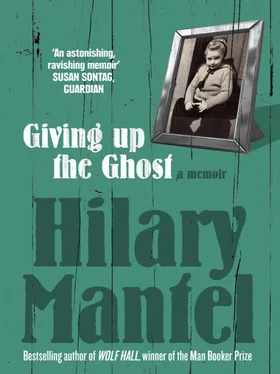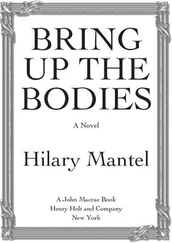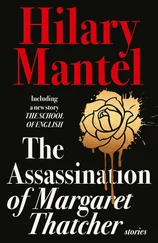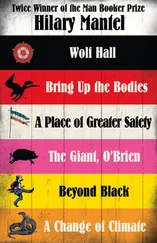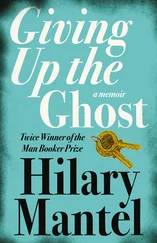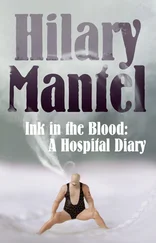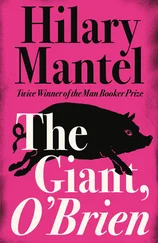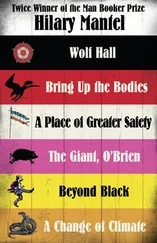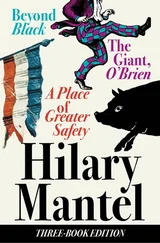In the February of 2002, my godmother Maggie fell ill, and hospital visits took me back to my native village. After a short illness she died, at the age of almost ninety-five, and I returned again for her funeral. I had been back many times over the years, but on this occasion there was a particular route I had to take: down the winding road between the hedgerows and the stone wall, and up a wide unmade track which, when I was small, people called ‘the carriage drive’. It leads uphill to the old school, now disused, then to the convent, where there are no nuns these days, then to the church. When I was a child this was my daily walk, once in the morning to school and once again to school after dinner—that meal which the south of England calls lunch. Retracing it as an adult, in my funeral black, I felt a sense of oppression, powerful and familiar. Just before the public road joins the carriage drive came a point where I was overwhelmed by fear and dismay. My eyes moved sideways, in dread, towards dank vegetation, tangled bracken: I wanted to say, stop here, let’s go no further. I remembered how when I was a child, I used to think I might bolt, make a run for it, scurry back to the (comparative) safety of home. The point where fear overcame me was the point of no turning back.
Each month, from the age of seven to my leaving at eleven, we walked in crocodile up the hill from the school to the church to go to confession and be forgiven for our sins. I would come out of church feeling, as you would expect, clean and light. This period of grace never lasted beyond the five minutes it took to get inside the school building. From about the age of four I had begun to believe I had done something wrong. Confession didn’t touch some essential sin. There was something inside me that was beyond remedy and beyond redemption. The school’s work was constant stricture, the systematic crushing of any spontaneity. It enforced rules that had never been articulated, and which changed as soon as you thought you had grasped them. I was conscious, from the first day in the first class, of the need to resist what I found there. When I met my fellow children and heard their yodelling cry—‘Good mo-or-orning, Missis Simpson,’ I thought I had come among lunatics; and the teachers, malign and stupid, seemed to me like the lunatics’ keepers. I knew you must not give in to them. You must not answer questions which evidently had no answer, or which were asked by the keepers simply to amuse themselves and pass the time. You must not accept that things were beyond your understanding because they told you they were; you must go on trying to understand them. A state of inner struggle began. It took a huge expenditure of energy to keep your own thoughts intact. But if you did not make this effort you would be wiped out.
Before I went to school there was a time when I was happy, and I want to write down what I remember about that time. The story of my own childhood is a complicated sentence that I am always trying to finish, to finish and put behind me. It resists finishing, and partly this is because words are not enough; my early world was synaesthesic, and I am haunted by the ghosts of my own sense impressions, which re-emerge when I try to write, and shiver between the lines.
We are taught to be chary of early memories. Sometimes psychologists fake photographs in which a picture of their subject, in his or her childhood, appears in an unfamiliar setting, in places or with people whom in real life they have never seen. The subjects are amazed at first but then—in proportion to their anxiety to please—they oblige by producing a ‘memory’ to cover the experience that they have never actually had. I don’t know what this shows, except that some psychologists have persuasive personalities, that some subjects are imaginative, and that we are all told to trust the evidence of our senses, and we do it: we trust the objective fact of the photograph, not our subjective bewilderment. It’s a trick, it isn’t science; it’s about our present, not about our past. Though my early memories are patchy, I think they are not, or not entirely, a confabulation, and I believe this because of their overwhelming sensory power; they come complete, not like the groping, generalised formulations of the subjects fooled by the photograph. As I say ‘I tasted’, I taste, and as I say ‘I heard’, I hear: I am not talking about a Proustian moment, but a Proustian cine-film. Anyone can run these ancient newsreels, with a bit of preparation, a bit of practice; maybe it comes easier to writers than to many people, but I wouldn’t be sure about that. I wouldn’t agree either that it doesn’t matter what you remember, but only what you think you remember. I have an investment in accuracy; I would never say, ‘It doesn’t matter, it’s history now.’ I know, on the other hand, that a small child has a strange sense of time, where a year seems a decade, and everyone over the age of ten seems grown-up and of an equal age; so although I feel sure of what happened, I am less sure of the sequence and the dateline. I know, too, that once a family has acquired a habit of secrecy, memories begin to distort, because its members confabulate to cover the gaps in the facts; you have to make some sort of sense of what’s going on around you, so you cobble together a narrative as best you can. You add to it, and reason about it, and the distortions breed distortions.
Still, I think people can remember: a face, a perfume: one true thing or two. Doctors used to say babies didn’t feel pain; we know they were wrong. We are born with our sensibilities; perhaps we are conceived that way. Part of our difficulty in trusting ourselves is that in talking of memory we are inclined to use geological metaphors. We talk about buried parts of our past and assume the most distant in time are the hardest to reach: that one has to prospect for them with the help of a hypnotist, or psychotherapist. I don’t think memory is like that: rather that it is like St Augustine’s ‘spreading limitless room’. Or a great plain, a steppe, where all the memories are laid side by side, at the same depth, like seeds under the soil.
There is a colour of paint that doesn’t seem to exist any more, that was a characteristic pigment of my childhood. It is a faded, rain-drenched crimson, like stale and drying blood. You saw it on panelled front doors, and on the frames of sash windows, on mill gates and on those high doorways that led to the ginnels between shops and gave access to their yards. You can still see it, on the more soot-stained and dilapidated old buildings, where the sandblaster hasn’t yet been in to turn the black stone to honey: you can detect a trace of it, a scrape. The restorers of great houses use paint scrapes to identify the original colour scheme of old salons, drawing rooms and staircase halls. I use this paint scrape—oxblood, let’s call it—to refurbish the rooms of my childhood: which were otherwise dark green, and cream, and more lately a cloudy yellow, which hung about at shoulder height, like the aftermath of a fire.
Конец ознакомительного фрагмента.
Текст предоставлен ООО «ЛитРес».
Прочитайте эту книгу целиком, купив полную легальную версию на ЛитРес.
Безопасно оплатить книгу можно банковской картой Visa, MasterCard, Maestro, со счета мобильного телефона, с платежного терминала, в салоне МТС или Связной, через PayPal, WebMoney, Яндекс.Деньги, QIWI Кошелек, бонусными картами или другим удобным Вам способом.
